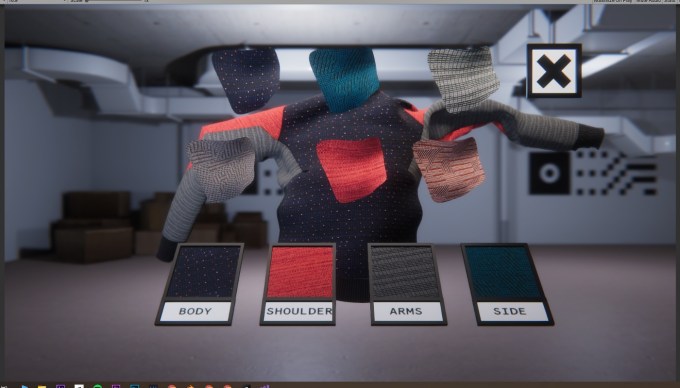As countries around the world face prolonged lockdown to prevent the further spread of COVID-19, retailers are among the hardest hit. Many have closed all their brick-and-mortar stores, resulting in furloughing of many employees.
The U.S. Census Bureau reported that retail sales during March 2020 were down 8.7%, the biggest monthly drop ever recorded since the Great Recession. Of the hardest-hit categories, clothing store sales were down 50.5% from February, furniture store sales were down 26.8% and luxury goods are expected to fall 31%.
Before COVID-19, physical retail was already decimated by e-commerce behemoths like Amazon, but now the sector’s fate seems sealed by the ever-increasing threat of the pandemic. A so-called retail apocalypse may seem inevitable, but in these challenging times, it is more important than ever to look at how technology can turn the tide.
How AR will transform retail in the next decadeImage Credits: MX-R (opens in a new window)
Imagine a future where consumers can virtually try on clothes that would fit them perfectly and they can purchase items confidently in the comfort of their own homes. Consumers will no longer need to choose different sizes because computer vision and scanning technologies would have already determined their perfect fit. These virtual clothes will also look so real that consumers will not be able to distinguish them from reality. Spoiler alert: This future is already here.
Virtual try-on is one of the most compelling use cases of augmented reality technology (AR), which arms consumers with the information they need to confidently make purchase decisions that will not likely result in returns for retailers. Retailers also can gain new insights into consumers’ buying patterns by tracking gazes, view history and time spent looking at a particular product. Retailers can even make the AR shopping experience more personalized by providing real-time feedback.
With more than two billion AR-enabled devices today and 100 million consumers expected to shop with AR this year, the technology is prime for adoption. Here are some examples of how the world’s leading retail brands are using AR to increase conversion, increase sales and decrease returns.
